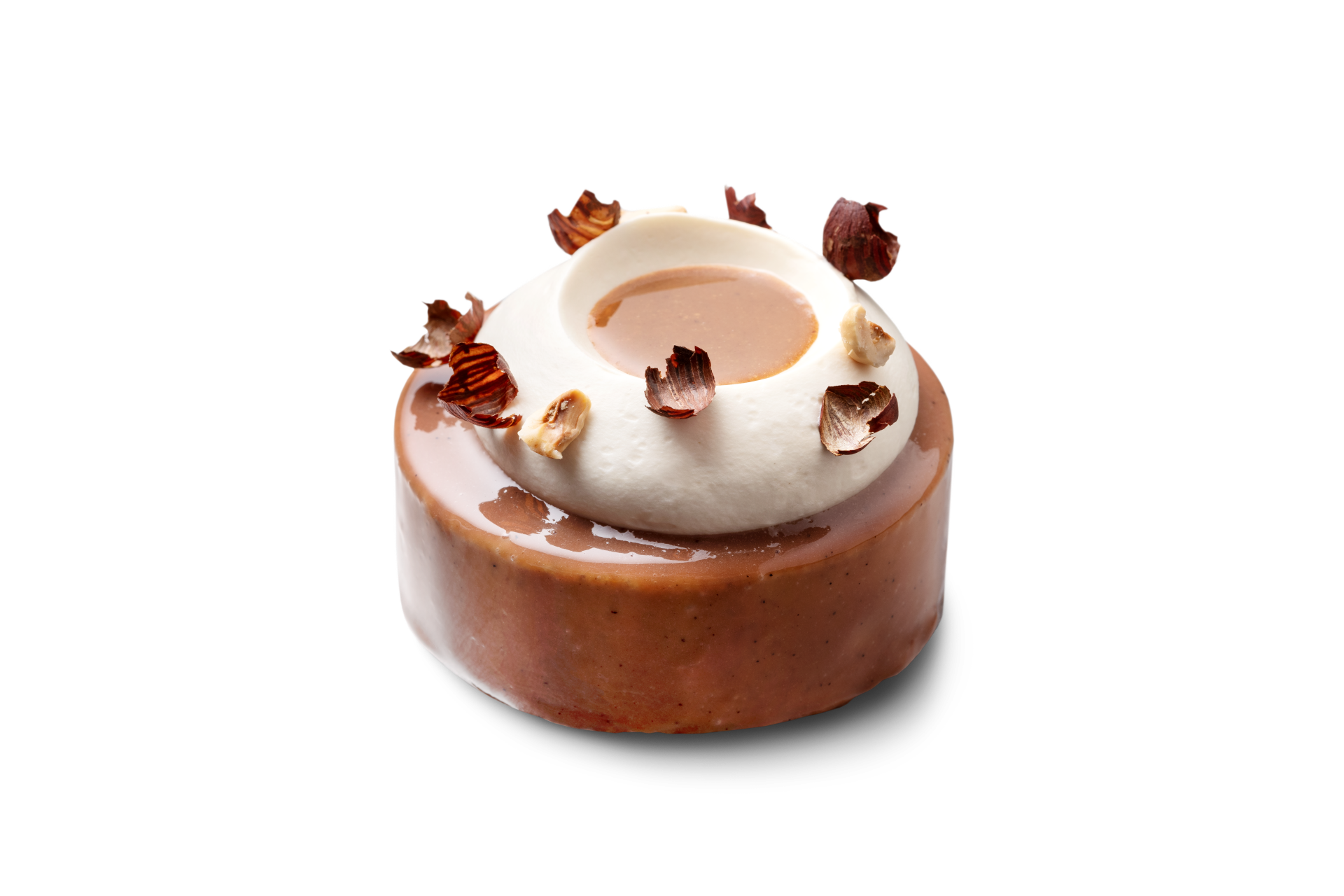Caramelised vegetables add flavour
In a pressure cooker, you can caramelise vegetables with their sugar contents without cooking them to death. Moreover, you give the vegetables a lovely brown colour and more flavour. Caramelised vegetables thus serve as a lovely basis for vegetarian soups and vegetable cream soups.

Quick cookers are now indispensable in the modern kitchen. The pan was invented in 1679 by the French inventor Denis Papin, who discovered that high pressure can raise the boiling temperature. This makes it possible to cook a meal many times faster. The pot we use in the kitchen today has evolved quite a bit, but the technique is essentially the same. The high temperatures in the pressure cooker produce a Maillard reaction, or caramelisation, in the pan. This reaction creates flavours and aromas that do not normally appear when cooking in liquid, since the temperature is too low.
Adding baking soda
We can affect and enhance the process of Maillardisation by adding baking soda (sodium bicarbonate): not baking powder, but just one of its components. This way, we draw completely new flavours out of vegetables, for example, and even cream.
Caramelised vegetables
The interesting thing with caramelising vegetables with the existing sugars is that it leads to a brown colour and releases many tasty flavours. Usually, this happens only if you raise the temperature. Moreover, the vegetables will brown only if you first dry them and allow all the liquid from the vegetables to evaporate.
If we raise the pressure, and thus the temperature, while cooking, and also raise the pH value by adding baking soda, you can caramelise the vegetables right down to the core without their drying out. Using this technique in the pressure cooker allows us to create new flavours for making vegetable puree, that can in turn serve as the base for vegetarian soups and vegetable cream soups, for example.

Using a pressure cooker, caramelised vegetables and a chicken stock we used Debic cream recipes for dishes such as caramelised Jerusalem artichoke soup and caramelised pumpkin soup.
Safety under pressure
The pressure cooker builds up high pressure when it reaches its peak temperature. If there were no safety valve in that stage, the pressure would continue to build up to the point where the pot could no longer withstand it and would explode. To prevent this and ensure you can work with it safely, every pressure cooker has a vent. The vent is set up in such a way that at a pressure of around 2000 hPa, it allows steam to escape. This means the pressure and the temperature can be kept at the desired level. When you want to remove the food from the pot after cooking, you have to make sure that the pressure in the pot is first reduced. Otherwise, the lid or hot liquid could hit you in the face because of the high pressure. So always make sure that the pot is fully closed before use.

In a pressure cooker, you can raise the temperature and speed up the cooking time, allowing the cream to caramelise without a lot of liquid evaporating. This makes for new flavours and possibilities.
Discover more




